As the government and fisheries industry look at increasing produce of tilapia, restaurants are looking at the fish species with new interest

Grilled peri peri spiced tilapia
Though formally introduced by the government in the seventh five-year plan (1985-1990), the Blue Revolution is rooted in the 1960s, as an extension of the Green Revolution. And like its greener counterpart (which is synonymous with agriculture), the Blue Revolution is a term denoted to the expeditious increase in the production of fish and other marine products.
ADVERTISEMENT
Tenuous as the relation may seem on the surface, such a thing is bound to impact the restaurant industry, which in effect, is only a spoke in the wheel that churns the much larger food sector. So, it isn't vague to say that everything is related, and that if the government — as reports suggest — is working towards increasing the production of tilapia, then chefs are likely to be looking at the freshwater cichlid species, too. This is in tandem with the incumbent government's policies, which seek to support aquaculture by investing in the rearing industry, as well as with the fact that India is currently one of the leading exporters of the fish across the globe.
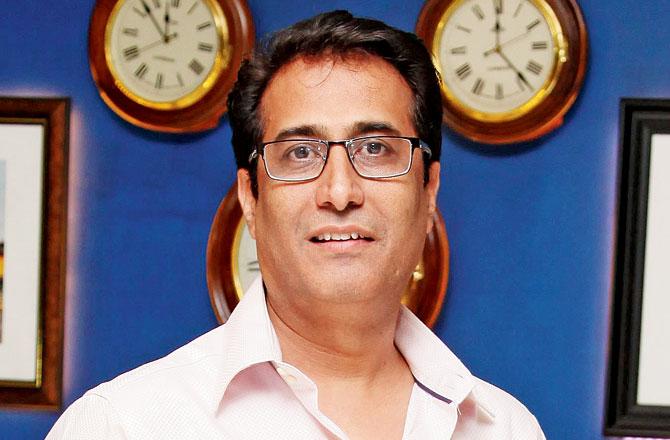
Sanju Arora
One reason why tilapia is emerging as a new favourite among diners, traders, chefs and restaurateurs alike, is simply because of its increased availability. Originally from Africa, it can be procured only through cultivation, unlike local species like rawas and pomfret. Mayuresh Gangal, co-founder of Know Your Fish — an initiative that is trying to encourage and empower consumers to eat seafood responsibly by providing information based on marine research — explains, "Tilapia is an invasive species, which means that it is not native to the Indian subcontinent, and it compromises the fitness of the native fish species. The reason why it maybe common in restaurants today, is because it is a species that can be bred in aquaculture. Today, because of overfishing, the species procured through capture fishing fail to meet increasing market demands. Whereas those bred in aquaculture, can produce higher quantities in a shorter time."
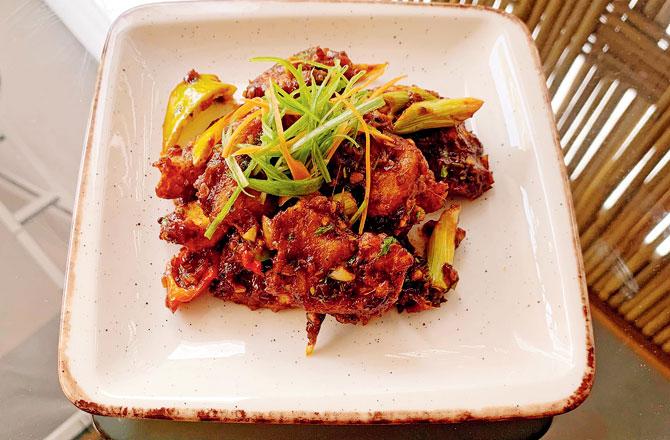
Tilapia Shanghai
At a month-old restaurant in Andheri, Golden Monk, the fish features on the menu as tilapia Shanghai (Rs 450), where the seafood is tossed in an in-house sauce with ginger, garlic and spring onion.
Amit Dembda, its owner tells us, "I tried tilapia for the first time in Bangkok and loved it. Basa is served at many restaurants, but it is no longer considered safe [because of the way it is reared]. So, when I opened my restaurant, I opted for tilapia, which is a safer, cleaner bet. It's meaty, doesn't have a 'fishy' smell, has low fat content and is available in fillets, too."

Amit Dembda
Chef Hansel Baptista, who heads the kitchen at Crafters Tap House in Powai, says he has worked with the fish for the first time in his 17-year-long career. "When I was in New Zealand, we would work with a lot of John Dory and other flat fish, but that became difficult to procure once I returned to Mumbai. However, I have a few Bengali [tilapia, known as tyalpia in Bengali, is predominant in the Eastern state] cooks I work with, who suggested I try it out. And it turned out to be much better than most other species I cooked with," Baptista recalls, speaking about the fish tacos (Rs 395) available at the brewery. It is an intriguing recipe comprising tilapia marinated in East Indian bottle masala, which is served with Asian red cabbage slaw and pineapple salsa. "It's a very versatile fish, in the sense that it doesn't dry out easily, making it possible to brine, which is a technique I enjoy," he adds.
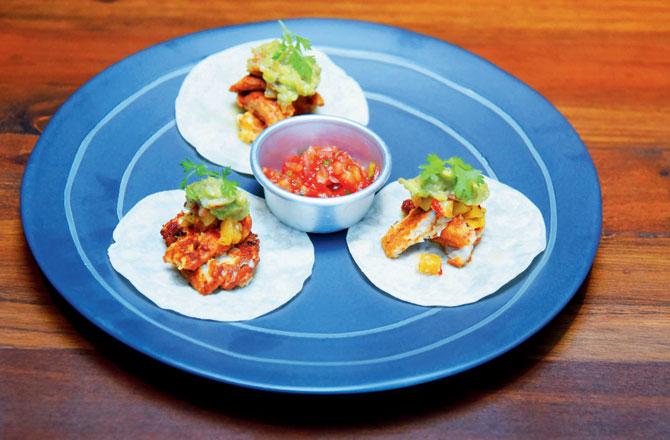
Fish tacos
At the Irish House in BKC, too, you can try the grilled peri peri spiced tilapia (R495). "We serve it with portofino sauce, creamy potato mash and fresh green apple and goat cheese coleslaw," general manager of the drinkery, Sanju Arora shares.

Hansel Baptista
"Prawn has become the new potato," Mohammed Arif, head of procurement at Harbour Bay jokes, adding that one of the primary reasons why they have it on the menu — as the tilapia in sweet chilli sauce (R1050) — is because as a predominantly seafood-oriented restaurant, variety is essential. "Tilapia is not a very expensive fish and Indians love value for money. It is so meaty that one could feed a group of four. Plus, it is adaptable to a lot of different spices and techniques," he adds.
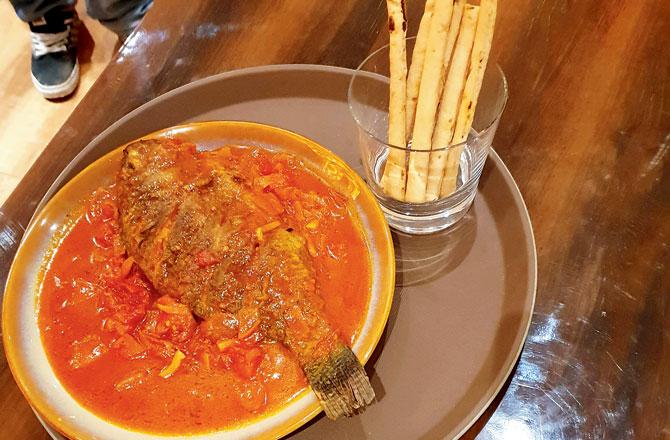
Tilapia in sweet of chilli sauce
But it is important to remember that a until a few years ago, the very same arguments were made in favour of basa, a fish that is banned across many restaurants today, including in the five-star chain, Taj Hotels. This made chefs and restaurants turn towards local species that are in fact, endangered by aquaculture.
Gangal cautions, "The way that aquaculture functions today, is that many fish are bred together in a small water body. But if there are so many fish in a confined space, you will have to give them external food, and that comes from capture fisheries. So, while it may seem like aquaculture is substituting capture fisheries, it is actually subsidising it."

Mohammed Arif
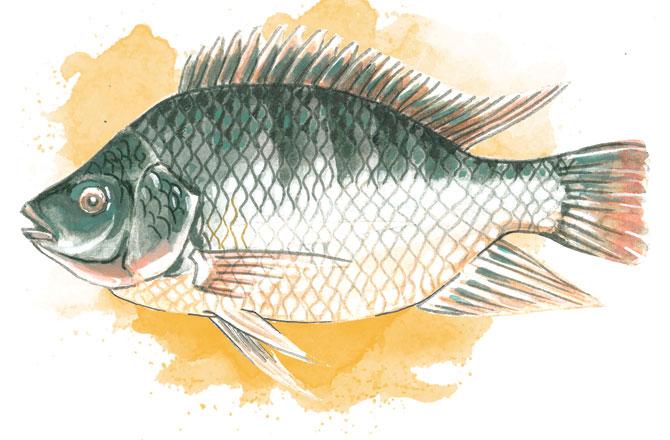

Mayuresh Gangal
Go fishing
. Barrel Mansion. At Vile Parle East. Call 9769320899
. Arab Street. At Khar West. Call 68493603
Catch up on all the latest Mumbai news, crime news, current affairs, and also a complete guide on Mumbai from food to things to do and events across the city here. Also download the new mid-day Android and iOS apps to get latest updates
 Subscribe today by clicking the link and stay updated with the latest news!" Click here!
Subscribe today by clicking the link and stay updated with the latest news!" Click here!






